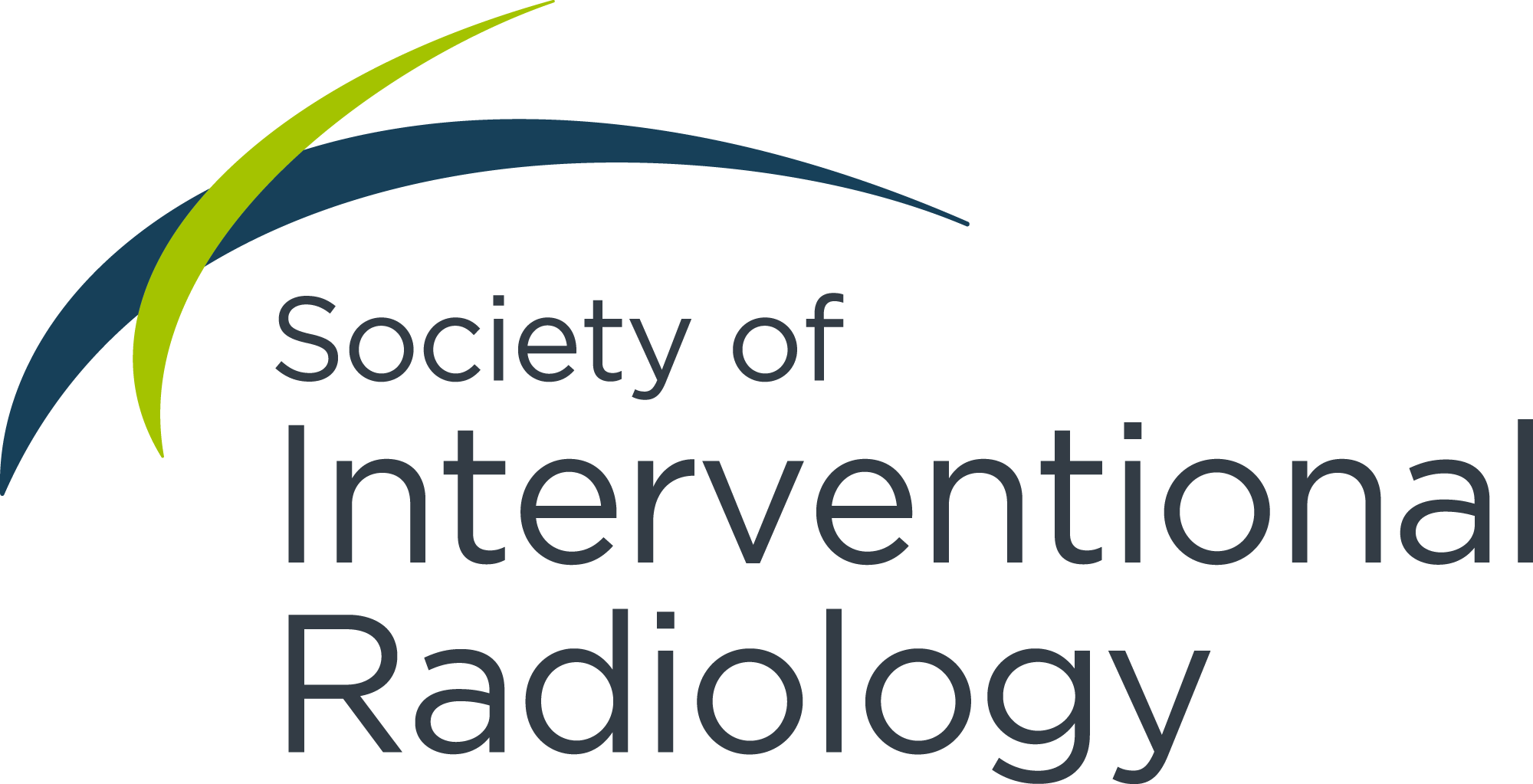Office-based surgery has existed since the beginning of medicine—but the practice is evolving and growing with the proliferation of office-based labs (OBLs) and ambulatory surgical centers (ASCs), according to presenters at SIR 2023’s “OBL 1” scientific session.
The first of five sessions dedicated to discussing the future of outpatient care, OBL 1 reviewed the differences, benefits and risks associated with choosing an OBL model over a traditional hospital system.
“As interventional vascular procedures have become more common, improvements in technology and techniques have led to an increase in outpatient/same-day procedures,” said panelist Warren Swee, MD, MPH.
He pointed to the boom of freestanding dialysis centers that began in the late 1990s, calling it a “real breakthrough” for IR. The success of this model led to future opportunities, enabled by the improvement of payment schedules for freestanding facilities and OBLs, which made procedures such as arterial angioplasty and stenting more feasible in the OBL space.
“OBLs have clear benefits,” Dr. Swee said. In addition to strong reimbursement rates, the OBL model also fosters efficiency, patient satisfaction, safety and lower costs.
The model also provides an alternative practice model for IRs who wish to work outside a radiology group, hospital or academic center and is ideal for those who want to have a dedicated, clinical IR practice.
This freedom of practice, which also enables direct competition without the constraints of a hospital or radiology group, has led to a significant increase in the number of IR interventions held in the OBL setting, especially in the area of PAD.
“There are well over 800 OBLs across the country, with huge expectations for future IR growth,” Dr. Swee said, and market analysis suggests that this trend will continue well into the next decade.
OBL models
Part of the freedom offered by OBLs is that there are many practice models to choose from—from determining whether you wish to have an OBL or an ASC.
“OBLs are generally easier to build and get going because they have less regulations than an ASC,” said Mark J. Garcia, MD, FSIR. Regulations and limitations usually focus on the level of anesthesia needed for a procedure, which is why interventions requiring more sedation are typically held in an ASC rather than an OBL.
Sometimes these two service sites can be run by the same IR, Dr. Garcia said. In this hybrid model, a facility can operate as an ASC on one day and as an OBL on others—though never at the same time. The hybrid model, Dr. Garcia says, increases volume while enhancing efficiency. However, ASCs are more expensive to build, and designation depends on state regulations.
Another way to categorize OBLs is based on their ownership, Dr. Garcia said. Solo individuals who own OBLs can benefit from all the revenue but do carry a higher risk and all of the financial burden. That’s why some physicians choose a partnership model, where the risk and burden is shared, as well as the benefits, workload and practice vision.
These partnerships can be single specialty (IR only), multispecialty or service-line oriented. “Service-line oriented OBLs that have a multispecialty team that only focuses on something like PAD or UFE work can be immensely successful and a huge service to the community,” Dr. Garcia said.
Some IRs pair with an equity partner to build their OBL, which comes with greater financial security, but sometimes at the potential loss of autonomy, quality and quantity, due to having non-providers involved in business decisions.
“There are so many types, and they all have benefits, but also the risks and challenges of private practice,” Dr. Garcia said. “The key is to do your diligence, evaluate your partners and think critically about the services you can provide to the community and whether you’re meeting their needs.”
Opening an OBL
Aaron Kovaleski, MD, opened an OBL in 2020 with his partner.
“We have an equitable distribution of room time and overhead,” Dr. Kovaleski said, describing his practice as more like two practices within one office.
His practice is fully independent and has no hospital affiliation, though both he and his partner maintain privileges.
Dr. Kovaleski says he personally averages only five or so hospital procedures per year, usually because one of his patients are transferred in or—in the rare case—a patient needs general anesthesia. His partner, however, does more hospital work, as he takes on many oncology patients.
“Hospital privileges are always the hot topic,” Dr. Kovaleski said. “My suggestion is to get a lawyer and have them navigate the situation with you, so you can work with the hospital and see what workarounds are possible in case of exclusivity contracts.” However, if there’s no workaround possible, he says that while hospital privileges are nice they are not 100% necessary.
Financial benefits
According to Blake P. Parsons, DO, the OBL space is a great financial option for physicians and patients alike.
“We save patients 35–40% on their bill compared to hospitals,” he said. “And I think the Centers for Medicare and Medicaid Services (CMS) is starting to come around to see that they can save money.”
Gerald A. Niedzwiecki, MD, FSIR, emphasized this by showing a friend’s recent hospital bill. His friend was in the hospital for one day for acute coronary syndrome. The hospital billed $30,000 for a heart catheterization with stent placement and another $20,000 for simultaneous left heart catheterization. The CT angiogram was $8,000, and a CT angiogram of the chest cost $5,000.
Dr. Niedzwiecki compared this to standard OBL rates, where a left heart catheterization pays $950, a CT angiogram of the abdomen and pelvis runs $400 and a CT angiogram of the chest is $260. In total, the patient was billed $92,000, and the hospital collected $76,000 of the bill.
“The hospital collects 18–20 times more than what’s being done in the OBL,” Dr. Niedzwiecki said. “You hear talk about overpayments and abuse in OBLs, and that’s why Medicare is running out of money. I don’t think that’s why.”
Private practice physicians, OBLs and ASCs aren’t the problem, Dr. Niedzwiecki said—they’re the solution.
Oversight and peer review
OBL facilities are performing approximately 25% of the lower extremity arterial revascularization procedures in the United States, Bret Wiechmann, MD, FSIR, said. With this procedure growth exploding—and coming at the expense of hospital procedures volumes—there will undoubtedly be more scrutiny from CMS.
Until that happens, however, Dr. Wiechmann wonders how facilities will police themselves.
“The opportunities provided by the OBL model also create opportunities for risk,” he said, adding that there should be some kind of standardized accreditation, quality control and oversight in the space. But who does that?
In 2013, Dr. Wiechmann and a group of physicians formed the Outpatient Endovascular and Interventional Society (OEIS) specifically to advocate for the delivery of quality healthcare in a nonhospital environment. The society supports OBLs and ASCs and looks to ensure patient safety, quality and success while creating resources for continuing education, peer review and fiscal responsibility.
In short, Dr. Wiechmann said, their goal is to “place the patient at the center of all decision making.”
To do this, OEIS members created a national registry with the intent of driving quality improvement by enabling the comparison of providers in the same and competing organizations, while improving efficiency and practice policies.
“The registry has logged over 37,000 procedures,” Dr. Wiechmann said, “and is a testament to the safety, quality outcomes and appropriateness of our procedures in this setting.”
OEIS has also considered a peer review program, which would be designed based on the hospital model and allow OBLs to report complications, commit to random site audits and engage in a network of quality and safety.
This program, along with the registry data, will be crucial in advocating for both IR and outpatient providers at the state and federal level.
“OBLs aren’t going anywhere,” Dr. Wiechmann said. “They’re only going to grow. When you want to get something done, you need a loud voice. And there are a lot of OBLs out there.”




